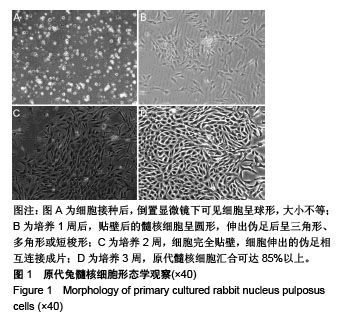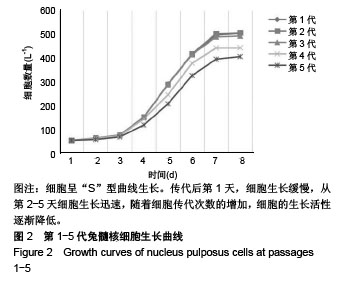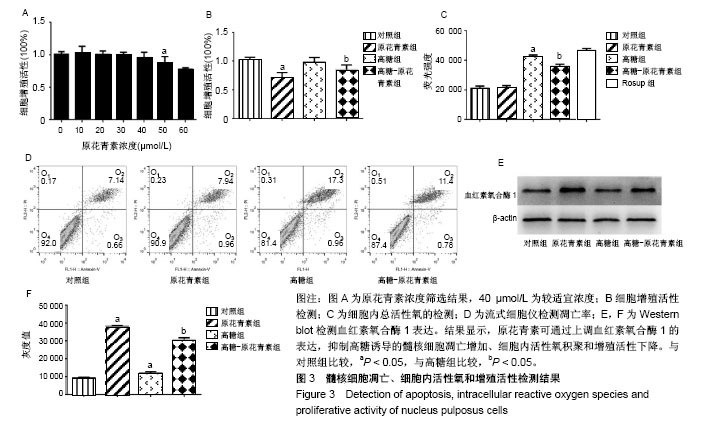| [1] Renero-C F J.The abrupt temperature changes in the plantar skin thermogram of the diabetic patient: looking in to prevent the insidious ulcers.Diabet Foot Ankle.2018;9(1):1430950.[2] Shu CC,Mele J.The adolescent idiopathic scoliotic IVD displays advanced aggrecanolysis and a glycosaminoglycan composition similar to that of aged human and ovine IVDs.Eur Spine J.2018;27(9): 2102-2113.[3] Liu J, Du L.PERK pathway is involved in oxygen-glucose-serum deprivation-induced NF-kB activation via ROS generation in spinal cord astrocytes.Biochem Biophys Res Commun.2015;467(2): 197-203.[4] Liu D,Zhang H,Gu W,et al.Effects of exposure to high glucose on primary cultured hippocampal neurons: involvement of intracellular ROS accumulation.Neurol Sci. 2014;35(6):831-837.[5] Benard A,Janssen CM,van den Elsen PJ,et al.Chromatin status of apoptosis genes correlates with sensitivity to chemo-, immune- and radiation therapy in colorectal cancer cell lines. Apoptosis. 2014; 19(12): 1769-1778.[6] Zaman S,Wang R,Gandhi V.Targeting the apoptosis pathway in hematologic malignancies.Leuk Lymphoma. 2014;55(9):1980-1992.[7] 刘东鑫,余功富,金洁瑜,等.合成抗氧化剂对断奶犊牛抗氧化干预的研究进展[J].中国畜牧杂志,2018,54(9):5-9.[8] 肖伟,张铭芳,张秀海,等.百合花青素合成调控的研究进展[J].北方园艺, 2018,(20):154-162.[9] Zhang CX,Wang T,Ma JF,et al.Protective effect of CDDO-ethyl amide against high-glucose-induced oxidative injury via the Nrf2/HO-1 pathway. Spine J. 2017;17(7):1017-1025.[10] Wang L,Oh J Y, Kim HS, et al.Protective effect of polysaccharides from Celluclast-assisted extract of Hizikia fusiforme against hydrogen peroxide-induced oxidative stress in vitro in Vero cells and in vivo in zebrafish.Int J Biol Macromol.2018;112:483-489.[11] Sun C,Jin W,Shi H.Oligomeric proanthocyanidins protects A549 cells against H2O2-induced oxidative stress via the Nrf2-ARE pathway.Int J Mol Med.2017;39(6):1548-1554.[12] Nazima B,Manoharan V,Miltonprabu S.Grape seed proanthocyanidins ameliorates cadmium-induced renal injury and oxidative stress in experimental rats through the up-regulation of nuclear related factor 2 and antioxidant responsive elements.Biochem Cell Biol.2015;93(3): 210-226.[13] Fracassetti D,Costa C, Moulay L, et al. Ellagic acid derivatives, ellagitannins, proanthocyanidins and other phenolics, vitamin C and antioxidant capacity of two powder products from camu-camu fruit (Myrciaria dubia).Food Chem. 2013;139(1-4):578-588.[14] Pugliese AG,Tomas-Barberan FA,Truchado P,et al.Flavonoids, proanthocyanidins, vitamin C, and antioxidant activity of Theobroma grandiflorum (Cupuassu) pulp and seeds.J Agric Food Chem.2013; 61(11):2720-2728.[15] Hu Y,Li L,Yin W,et al.Protective effect of proanthocyanidins on anoxia-reoxygenation injury of myocardial cells mediated by the PI3K/Akt/GSK-3beta pathway and mitochondrial ATP-sensitive potassium channel. Mol Med Rep. 2014;10(4):2051-2058.[16] Jiang M,Wu YL,Li X, et al. Oligomeric proanthocyanidin derived from grape seeds inhibited NF-kappaB signaling in activated HSC:Involvement of JNK/ERK MAPK and PI3K/Akt pathways. Biomed Pharmacother.2017;93:674-680.[17] 张存鑫,马进峰,王德春.胰酶联合Ⅱ型胶原酶分离培养髓核细胞:培养基中葡萄糖浓度的选择[J].中国组织工程研究, 2016,20(20): 2899-2906.[18] 丁树伟,徐学振.椎间盘组织工程种子细胞的选取、鉴定及培养难点[J].中国医药指南,2013,11(11):470-472.[19] 朱立国,展嘉文,冯敏山,等.兔椎间盘器官与脊柱运动节段离体培养条件下髓核组织的变化[J].中国骨伤, 2015,28(9):824-831.[20] Ouyang A,Cerchiari AE,Tang X,et al.Effects of cell type and configuration on anabolic and catabolic activity in 3D co-culture of mesenchymal stem cells and nucleus pulposus cells.J Orthop Res. 2017;35(1):61-73.[21] Li P,Zhang R,Wang L,et al.Long-term load duration induces N-cadherin down-regulation and loss of cell phenotype of nucleus pulposus cells in a disc bioreactor culture.Biosci Rep.2017;37(2).[22] 李树文,武海军,银和平,等.Ⅱ型胶原酶消化结合组织块贴壁法分离培养兔髓核细胞[J].中国组织工程研究, 2013,17(39):6861-6866.[23] Omair A,Mannion AF, Holden M, et al. Age and pro-inflammatory gene polymorphisms influence adjacent segment disc degeneration more than fusion does in patients treated for chronic low back pain.Eur Spine J. 2016;25(1):2-13.[24] Zhu Q,Gao X,Levene HB,et al.Influences of Nutrition Supply and Pathways on the Degenerative Patterns in Human Intervertebral Disc]. Spine (Phila Pa 1976).2016;41(7):568-576.[25] Xia DD,Lin SL,Wang XY,et al.Effects of shear force on intervertebral disc: an in vivo rabbit study. Eur Spine J. 2015;24(8):1711-1719.[26] Park JB,Byun CH,Park EY.Rat Notochordal Cells Undergo Premature Stress-Induced Senescence by High Glucose.Asian Spine J.2015;9(4):495-502.[27] Kong JG,Park JB,Lee D,et al.Effect of high glucose on stress-induced senescence of nucleus pulposus cells of adult rats.Asian Spine J. 2015; 9(2):155-161.[28] Xu Y,Yao H,Wang Q,et al.Aquaporin-3 Attenuates Oxidative Stress-Induced Nucleus Pulposus Cell Apoptosis Through Regulating the P38 MAPK Pathway.Cell Physiol Biochem. 2018; 50(5):1687-1697.[29] Suzuki S,Fujita N,Hosogane N,et al.Excessive reactive oxygen species are therapeutic targets for intervertebral disc degeneration. Arthritis Res Ther.2015;17:316.[30] Gu S,Chen C,Jiang X,et al.ROS-mediated endoplasmic reticulum stress and mitochondrial dysfunction underlie apoptosis induced by resveratrol and arsenic trioxide in A549 cells.Chem Biol Interact. 2016;245:100-109.[31] Zhang Z,Zheng L,Zhao Z,et al.Grape seed proanthocyanidins inhibit H2O2-induced osteoblastic MC3T3-E1 cell apoptosis via ameliorating H2O2-induced mitochondrial dysfunction.J Toxicol Sci. 2014;39(5):803-813. |
.jpg)



.jpg)
.jpg)